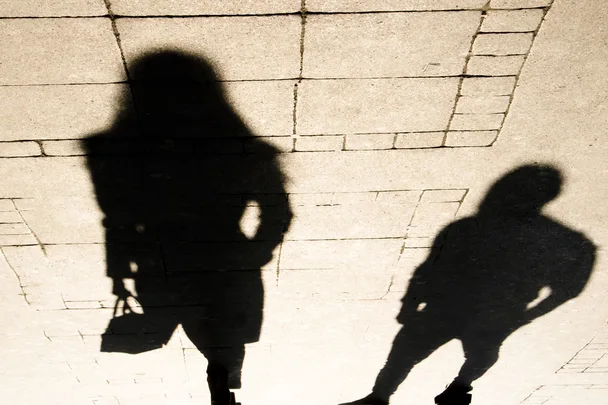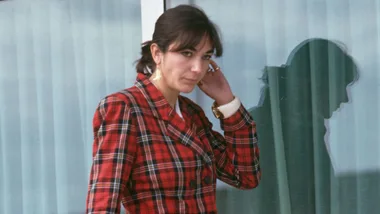Unfortunately, most women know what it’s like to be harassed on the street – whether it’s walking with friends, commuting or heck, sometimes even just trying to walk the dog. Sadly, it’s somewhat become a fact of life. Now, a major study on street harassment has revealed that fewer than 1 in 10 incidents of sexual harassment in five cities around the world – including Sydney – were reported to an authority, and then, the vast majority were not taken seriously.
The charity for girls’ equality, Plan International Australia, in partnership with Monash University, used crowd mapping technology to allow girls and women in five major cities to anonymously record incidents of street harassment, from cat-calling to stalking, threatening behaviour and physical and sexual assault, via its Safer Cities Free to Be project.
In 2018, young women and girls dropped 14,500 pins on city maps denoting specific incidents or ‘bad places’ in Sydney, Madrid, Lima, Kampala and Delhi. The Reporting to Authorities report – launched this week – shows that of those incidents, 1,270 were reported to authorities, but 852 (67%) of reports were not acted upon.
When it came to incidents that were sexual in nature, the response rate from authorities in Delhi was the lowest of all cities, followed by Lima, Kampala and Madrid. Sydney fared the best out of the five locations with one in three sexual harassment incidents reported to authorities resulting in some kind of action.
Across the five cities, young women noted that most responses from authorities were trivialised, with responses ranging from belittling, disbelief and dismissal, to further harassment from authorities themselves and a complete lack of justice, resulting in frustration and a lack of trust in the system.
The release of the Plan International Australia Reporting to Authorities report coincides with a major women’s safety symposium in Sydney on December 2nd, led by the Greater Sydney Commission, where a Charter for women and girls’ safety was announced.
Plan International Australia CEO Susanne Legena said the additional data in the report provides extremely valuable insight into why reporting rates are so low.
“Authorities need to pay attention to what’s happening here,” Legena said. “It takes a lot of courage to report harassment, but it’s clear that even when girls do report, they are not taken seriously or the system isn’t set up to support them. Too many of these reports just fall into the cracks.
“For too long women and girls everywhere have just endured harassment as a normal part of their daily lives. They internalise it and over time, it begins to have a serious impact on their well-being. Girls and young women in our research told us loud and clear that when authorities fail to respond thoughtfully, sympathetically and supportively, it can be extremely damaging and harrowing for them.
“Trivialising or ignoring these experiences reinforces the belief that reporting is just not worth it and that girls and young women are unable to rely on others for support. This leads to an internalisation of stigma and shame, as well as propping up a toxic culture where street harassment is normalised and treated as trivial or minor.
“Our messages is that every single report needs to be taken seriously and the system needs to change to ensure there’s a clear process for reporting. Unless and until this happens, the cycle of underreporting, internalisation and social acceptance of street harassment will continue.”
Learn more about the findings here.










